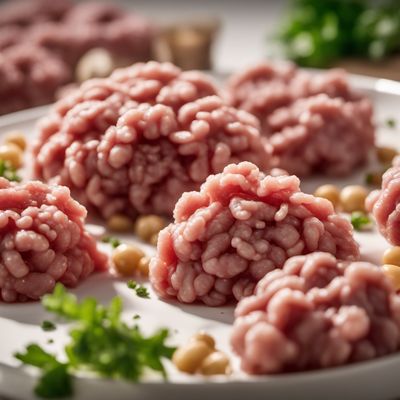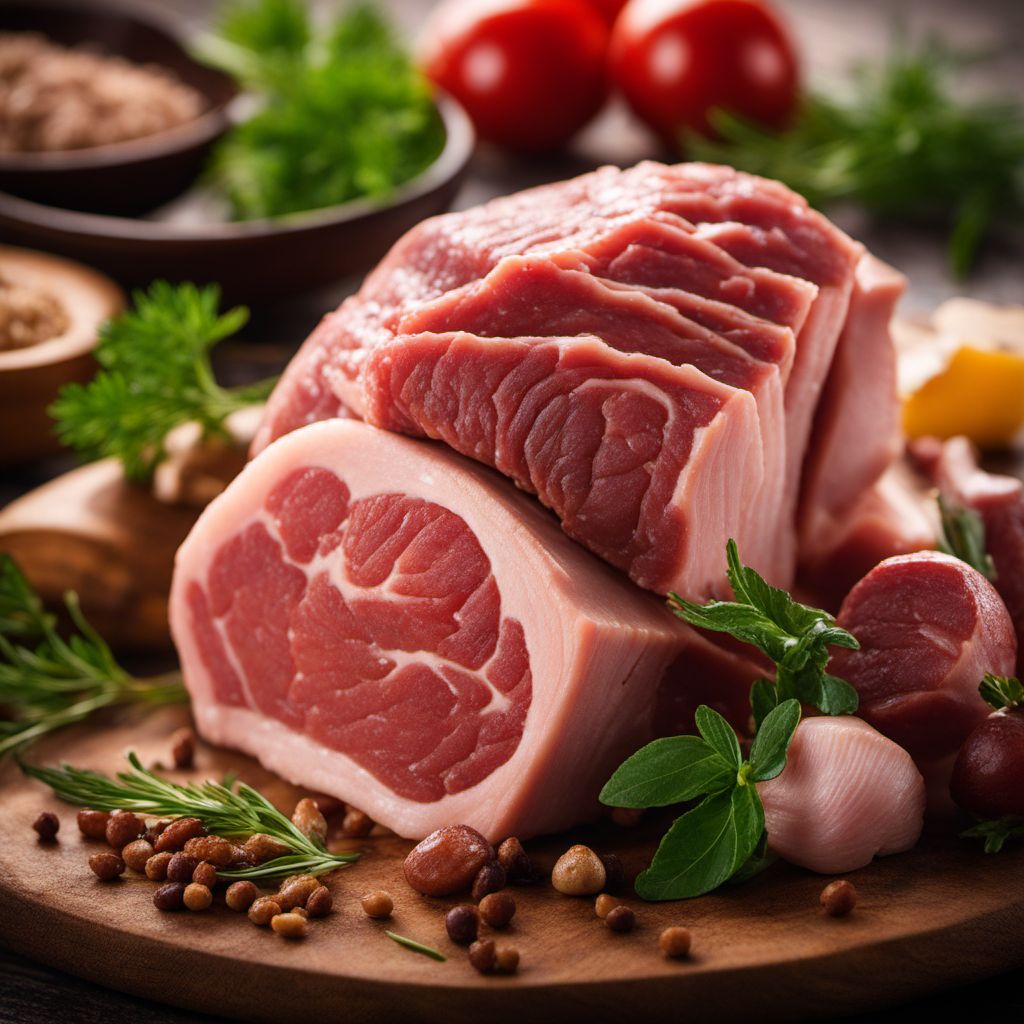
Ingredient
Lamb fresh meat
The Tender Delight: Fresh Lamb Meat
Lamb fresh meat comes from young sheep and is known for its tender texture and distinct flavor. It has a rich, slightly gamey taste that is often described as earthy and savory. The meat is typically pink or pale red in color, with a fine grain and minimal marbling. Fresh lamb meat is versatile and can be prepared using various cooking methods, making it a favorite choice for both home cooks and professional chefs.
Origins and history
Lamb has been consumed for thousands of years and holds cultural significance in many regions. It has been a staple in Middle Eastern, Mediterranean, and Central Asian cuisines since ancient times. Lamb is often associated with festive occasions and traditional celebrations, reflecting its importance in various cultural and religious practices.
Nutritional information
Lamb fresh meat is a nutrient-dense protein source that is rich in essential amino acids, vitamins, and minerals. It is particularly high in vitamin B12, iron, and zinc. Lamb meat is also a good source of healthy fats, including omega-3 fatty acids. However, it is important to note that lamb can be higher in saturated fat compared to other meats, so it should be consumed in moderation as part of a balanced diet.
Allergens
Lamb meat may cause allergic reactions in individuals with a sensitivity to red meat or specific proteins found in lamb. It is important to exercise caution and consult with a healthcare professional if you have any known allergies or sensitivities.
How to select
When selecting fresh lamb meat, look for cuts that are bright red in color, with a fine texture and minimal visible fat. The meat should have a fresh, clean smell. Choose cuts that are well-marbled for added tenderness and flavor. If possible, opt for locally sourced or organic lamb to support sustainable and ethical farming practices.
Storage recommendations
To maintain the freshness and quality of fresh lamb meat, store it in the refrigerator at a temperature below 40°F (4°C). Keep the meat in its original packaging or wrap it tightly in plastic wrap or aluminum foil to prevent air exposure. Use the meat within a few days of purchase or freeze it for longer storage. Frozen lamb meat can be stored for up to six months.
How to produce
Raising lambs for meat production requires proper breeding, feeding, and management practices. Amateur farmers can start by acquiring healthy lambs from reputable breeders or livestock auctions. Provide them with a balanced diet, including high-quality forage and grain. Ensure they have access to clean water and a suitable shelter. Regular veterinary care and monitoring are essential for the well-being of the animals. Lambs are typically ready for slaughter at around 6 to 8 months of age.
Preparation tips
Fresh lamb meat can be prepared using various cooking techniques, including roasting, grilling, braising, or stewing. For roasting, season the meat with herbs and spices, then cook it in a preheated oven until it reaches the desired doneness. Grilling lamb chops or kebabs over high heat imparts a smoky flavor and caramelized crust. Braising or stewing lamb in flavorful liquids like broth or wine results in tender and succulent meat. Lamb meat pairs well with a wide range of herbs, spices, and ingredients, allowing for endless culinary possibilities.
Substitutions
Beef, veal, or goat meat can be used as substitutes for lamb in recipes. However, keep in mind that each meat has its own distinct flavor and texture, so the final dish may have a slightly different taste. Adjust the cooking time and seasonings accordingly to achieve the desired result.
Culinary uses
Fresh lamb meat is widely used in various cuisines around the world. It is a key ingredient in dishes like lamb chops, lamb stew, lamb curry, or roasted leg of lamb. Lamb meat can also be ground and used to make flavorful meatballs, burgers, or kebabs. It pairs well with a variety of herbs and spices, allowing for the creation of diverse and delicious dishes.
Availability
Fresh lamb meat is commonly available in countries with a strong tradition of sheep farming and livestock production. It is particularly popular in Middle Eastern, Mediterranean, and Central Asian countries. Lamb is also enjoyed in Western cuisines, with countries like New Zealand, Australia, and the United Kingdom being major producers and consumers of lamb meat.
More ingredients from this category
Recipes using Lamb fresh meat » Browse all

Tokat Kebabı with Yogurt Sauce
Savory Delight: Tokat Kebabı - A Turkish Culinary Gem

Aromatic Lamb Curry with Fragrant Spices
Spiced Delight: Aab Gosht - A Flavorful Indian Lamb Curry

Pieds Paquets with Provencal Flavors
Savory Delights: Provencal Pieds Paquets
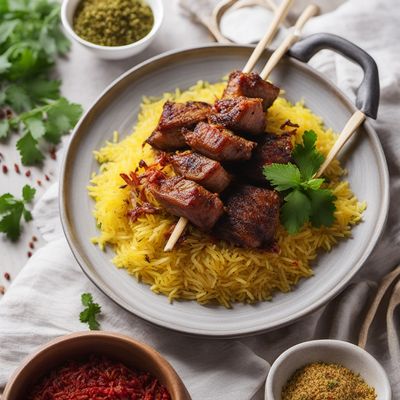
Wine Kebab with Saffron Rice
Saffron-infused Wine Kebab: A Flavorful Delight from Iran
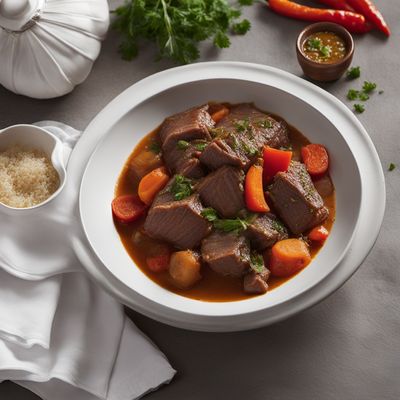
Portuguese Lamb Stew
Savory Delight: Portuguese Lamb Stew with a Twist
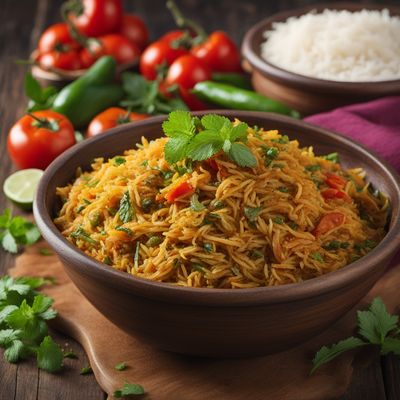
Bombay Biryani with a Twist
Spiced Rice Delight: Bombay Biryani with a Flavorful Twist

Thiou à la viande with a Twist
Savory Senegalese Beef Stew: A Burst of Flavors
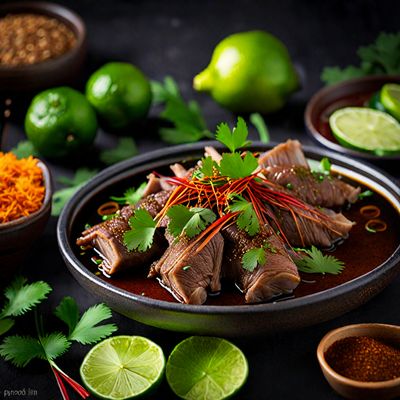
Janjetina ispod peke (Vietnamese Style)
Vietnamese Style Roasted Lamb

Roman-style Aloo Gosht
Savory Roman Potato and Meat Stew
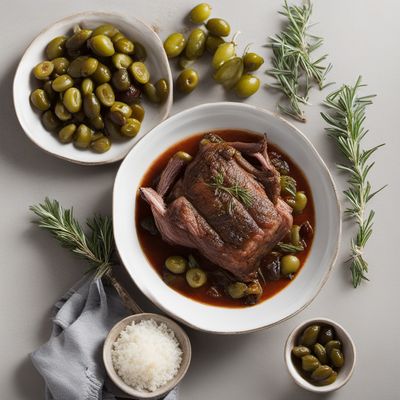
Braised Lamb with Olives
Mediterranean Delight: Tender Braised Lamb with a Burst of Olive Flavor

Le Frésinat - Occitan Inspired Savory Stew
Rustic Delight: A Hearty Occitan Stew to Warm Your Soul

Greek-style Meatball Soup
Mediterranean Delight: Savory Greek Meatball Soup
